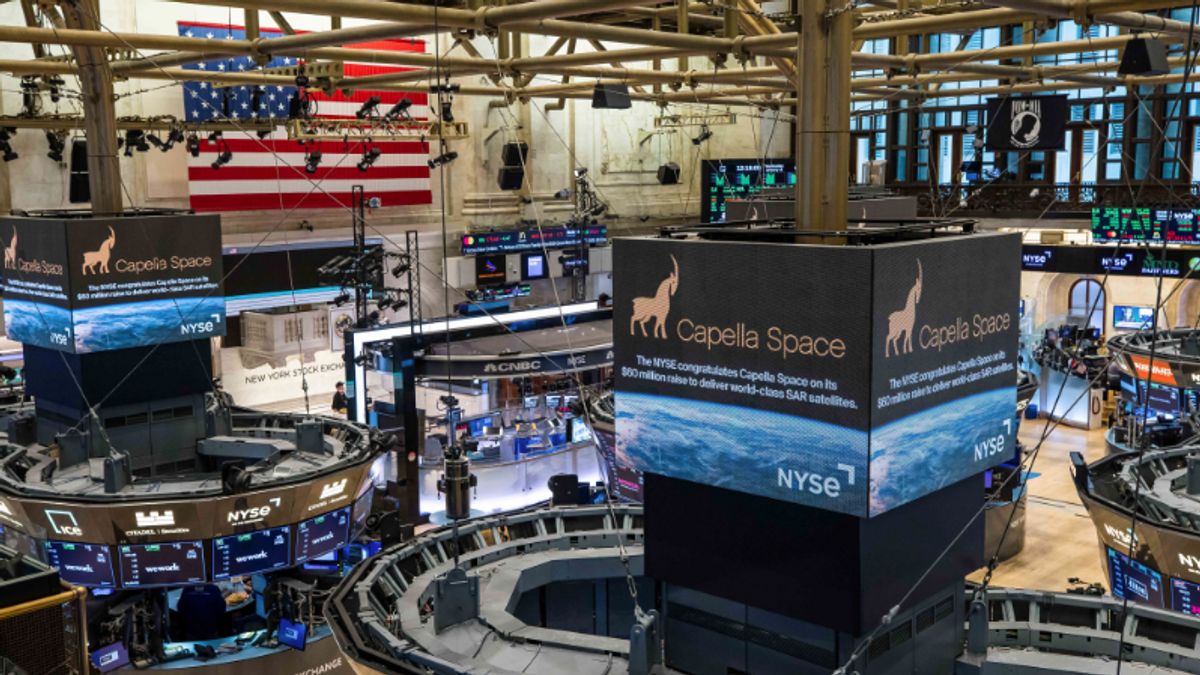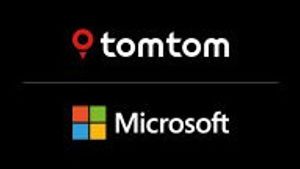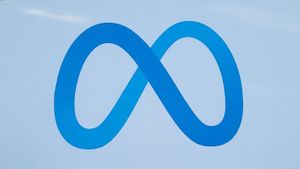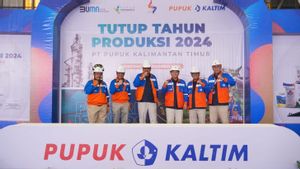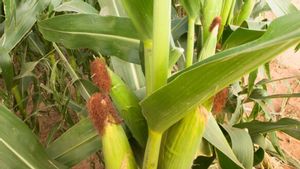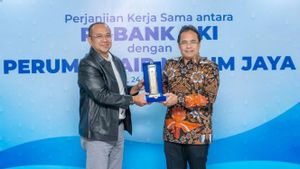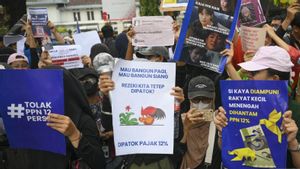JAKARTA Towards the end of the year, Capella Space has shared a history of their busy schedules over the past year, ranging from creating new technologies to increasing their business scale.
The Capella Space Product Marketing Manager, Sarah Preston, the space company was able to collect a growth equity of US$60 million (Rp928 billion) from the US Innovative Technology Fund at the beginning of the year.
The good news is that Capella has moved their facilities to Colorado after obtaining the investment. This facility is larger than the previous production site, even double the size of Capella's offices and factories.
In addition to improving in their business focus, Capella has also strengthened relations with the United States (US) government. This is evident from the contract for the Low-Proliferation Earth Orbital Satellite Based Service (PLEO) provided by the US Space System Command (SSC).
Capella was also awarded two contracts to Acquire Commercial Satellite Satellite Data (CSDA) with NASA to determine the suitability of Capella data in advancing NASA's Earth science mission, Preston said, quoted from the Capella blog.
Another busyness of Capella that should not be forgotten is the partnership contract with the research community and scientists around the world. Through this partnership, Capella and leading experts want to reveal cases of using congress with high-resolution SAR data.
Capella introduced the Capella Space Analysis Partner Program to accelerate the development of new solutions that take advantage of SAR imaging capabilities that can be used 24 hours in all weather, Preston explained.
SEE ALSO:
Through this program, Capella offers access to their SAR image archives, provides technical support, and provides ready-to-use resources for companies interested in developing Artificial Intelligence (AI)-based applications and machine learning.
Next, Capella successfully launched its first Acadia satellite this year through the Stronger Together mission. By launching Acadia, Capella wants to build a constellation via next-generation satellites that use advanced SAR capabilities.
The last activity that should not be missed is a demonstration of bistatic capabilities, namely a radar system with signal transmitters. This new capability is used to improve object detection and classification in space so that bistatics are able to avoid interference.
The English, Chinese, Japanese, Arabic, and French versions are automatically generated by the AI. So there may still be inaccuracies in translating, please always see Indonesian as our main language. (system supported by DigitalSiber.id)
